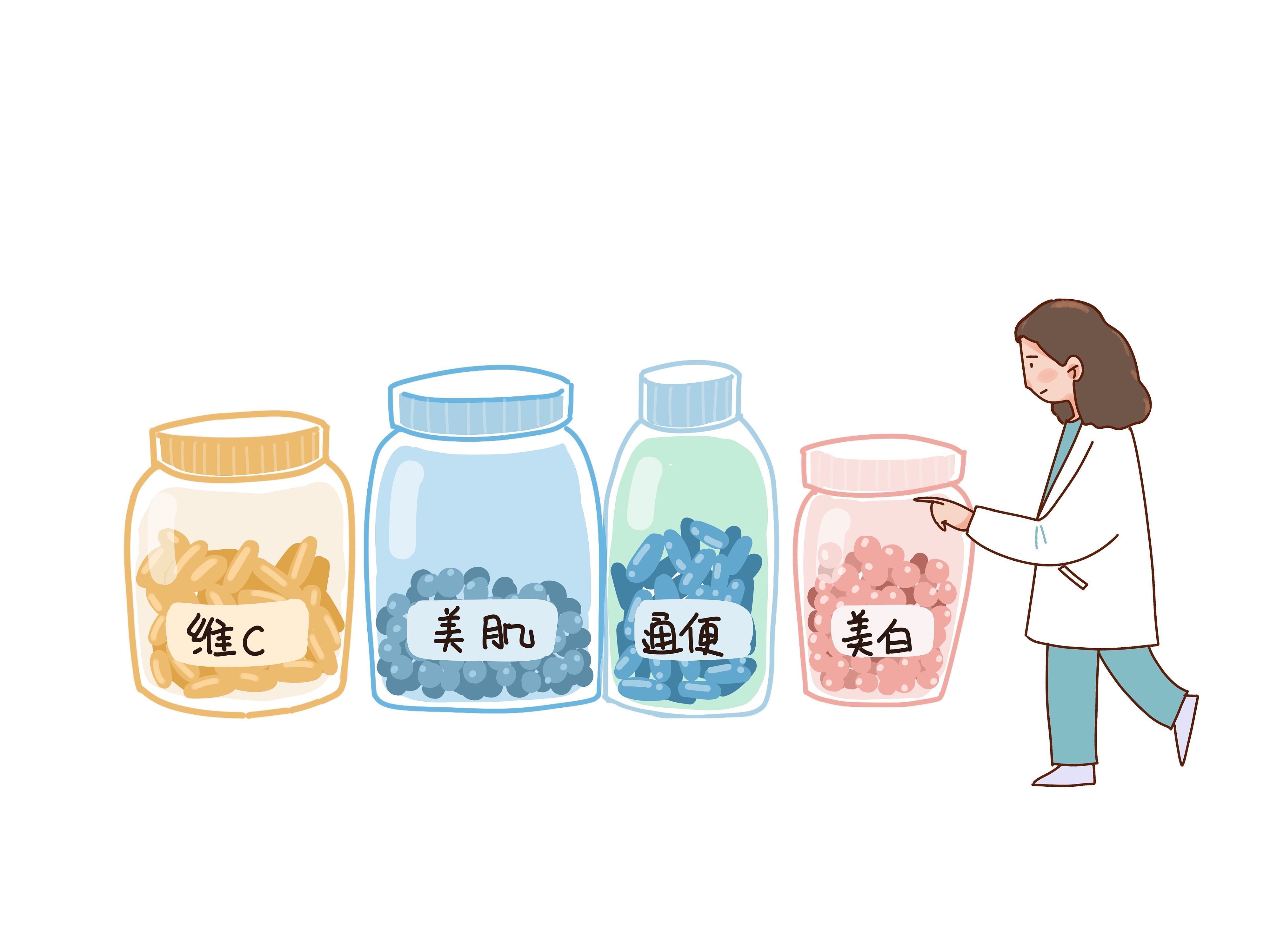Each type of laxative has different effects and corresponds to different groups of people. We should take symptomatic medication according to our own age, symptoms, etiology, etc. Cao Fang, deputy chief physician of the Department of Geriatrics, Oriental Hospital of Beijing University of Traditional Chinese Medicine, reminded that the choice of laxatives should be symptomatic, otherwise it will be counterproductive.

The most commonly used lubricating and softening laxative is Kaisailu, which is usually administered through the rectum, which can lubricate and soften stools and facilitate feces discharge. It has a mild laxative effect and is suitable for the elderly at high risk of constipation and lack of bowel motility, as well as for patients with high blood pressure, aneurysms or hemorrhoids, and difficult defecation after surgery. Although the drug takes effect quickly and is relatively safe to use, it is only a temporary treatment measure, and long-term use may cause mental dependence.
The commonly used representative medicine for bulk laxatives is wheat cellulose granules. These drugs cannot be absorbed by the intestines after oral administration, but can absorb the water in the intestines, increase the water content of the feces, expand the volume of the feces, dilate the intestines, stimulate the peristalsis of the intestines, and produce a defecation reaction. It is suitable for patients with mild constipation. Its laxative effect is relatively limited, mainly increasing the frequency of defecation, and it is not suitable for patients with slow bowel movements. This drug should be used with caution if intestinal obstruction is suspected. Wheat cellulose granules are taken at the same time as warfarin, digoxin, antibiotics, etc., which may affect the absorption of the latter.
Lactulose, polyethylene glycol electrolyte powder, and magnesium sulfate, which are widely used in clinical practice, are osmotic laxatives. After oral administration, this type of drug can generate a hypertonic state in the intestinal tract, increase the water content of the intestinal tract, thereby increasing the volume of feces, and at the same time stimulate intestinal peristalsis, which is suitable for people with mild to moderate constipation. Although the effect is significant, it should not be used in excess, as this can lead to water and electrolyte imbalances.
Promoting gastrointestinal motility drugs such as mosapride, cisapride, etc., can directly act on the intestinal nerve endings, provide power for intestinal peristalsis, facilitate the excretion of feces, and are suitable for patients with weakened intestinal motility, especially diabetes With constipation.
Now commonly used drugs for adjusting intestinal flora, such as Bifidobacterium triple viable bacteria powder, Bacillus licheniformis capsules, etc., can improve the intestinal microecological environment, speed up gastrointestinal peristalsis, and shorten feces in the intestines. It can reduce the absorption of harmful substances in the intestinal tract, and is suitable for all constipated people. Patients who regularly use antibiotics can consider using probiotics to adjust the intestinal flora and prevent constipation caused by antibiotic-related intestinal flora disturbances.
In summary, drug intervention for constipation population should first exclude organic lesions, and then select drugs according to specific conditions. For middle-aged and elderly patients, it is recommended to give preference to osmotic and volumetric drugs, such as lactulose, cellulose, etc. Occasionally, Kaisailu can be used to assist in defecation.
(Photo: Visual China)